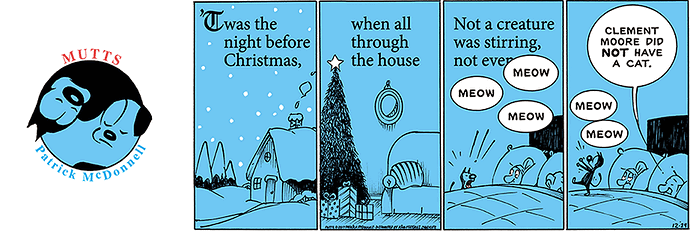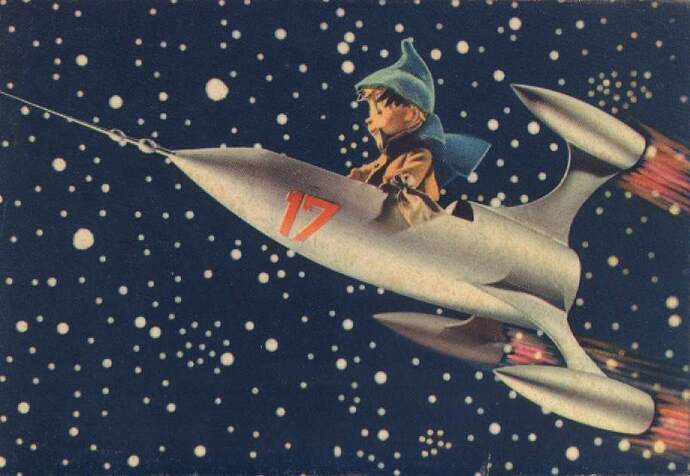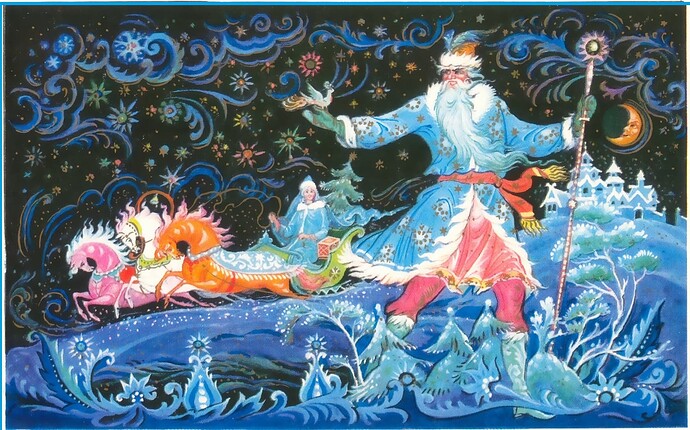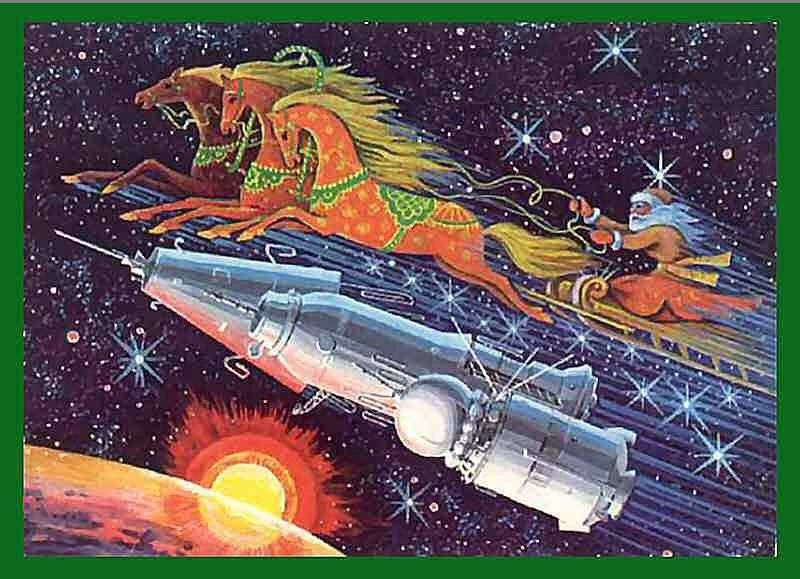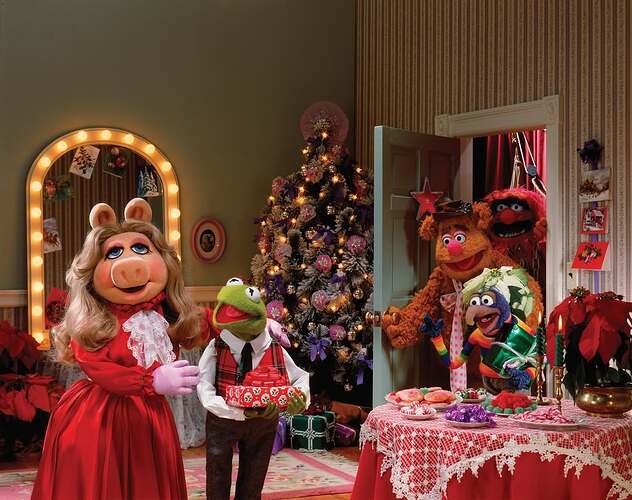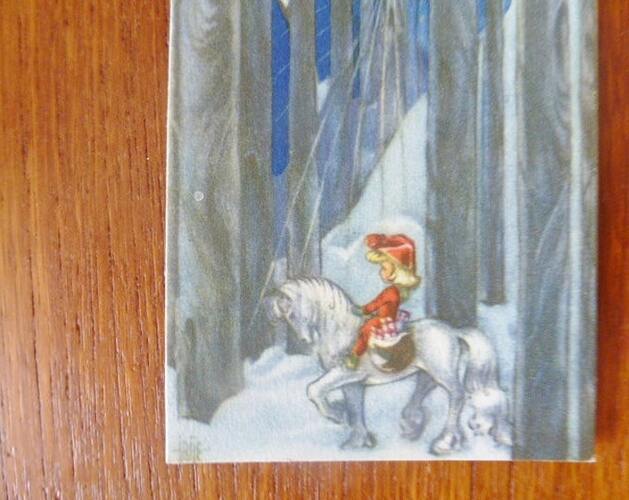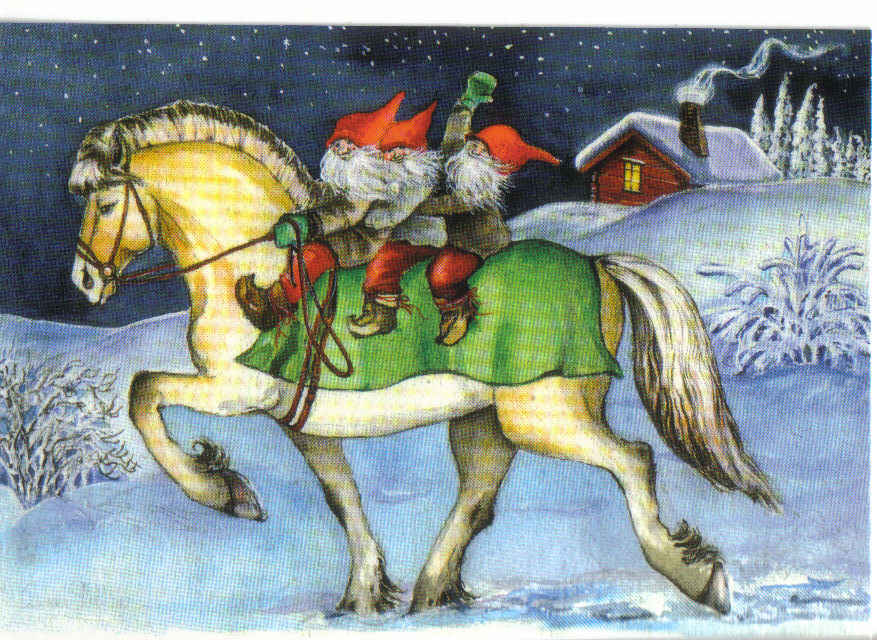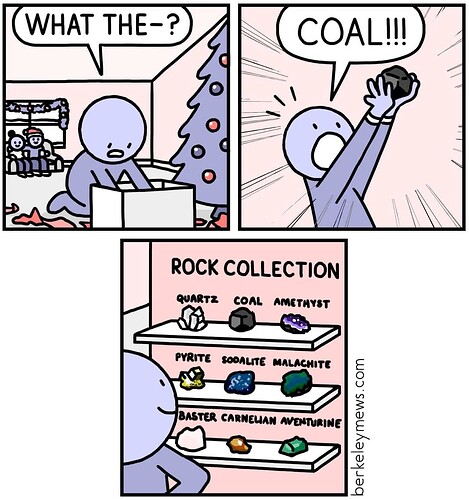My introduction to gospel music.

One of my Star Trek themed gifts this year…
It’s a lovely coffee table sized book by Nana Visitor on the women of star trek… it’s gorgeous! Highly recommended…
In 1840, Joseph Cundall (A children’s and illustrations publisher) published the first ever commercial Christmas card. It was designed by John Horsley at the suggestion of Sir Henry Cole. (Sir Henry was later involved in the Great Exhibition of 1851 and was a founder member of the Victoria and Albert Museum.) One thousand cards were printed by Jobbins of Holborn, then hand‑coloured by a professional colourer ‑ William Mason. The design was divided into three panels, the centre one depicted a family party, and the legend “A MERRY CHRISTMAS AND A HAPPY NEW YEAR TO YOU”. The side panels showed ‘the poor’ being fed and clothed.
The cards were put on sale at a shilling each and sold reasonably well, however, it seems that Cundell did not publish any more Christmas cards in subsequent years ‑ but others did, and by the 1880s festive cards had become a normal feature of Victorian Christmas celebrations. …
worldwar1postcards.com - Link is sadly no longer valid
tatteredbanners
YULE GOAT

The Yule Goat’s origins might go as far back as to pre-Christian days. A popular theory is that the celebration of the goat is in connection to the Norse god Thor, who rode the sky in a chariot drawn by two goats, Tanngrisnir and Tanngnjóstr. It is also known that in old agricultural Scandinavia, one of the the last sheaf of corn bundled in the harvest was credited with magical properties as the spirit of the harvest and saved for the Yule celebrations, called among other things ‘julbocken’ (the Yule Goat). In Sweden, people thought of the Yule Goat as an invisible spirit that would appear some time before Christmas to make sure that the Yule preparations were done right. Objects made out of straw or roughly-hewn wood could also be called the Yule Goat, and in older Scandinavian society a popular Christmas prank was to place this Yule Goat in a neighbour’s house without them noticing; the family successfully pranked had to get rid of it in the same way. During the 19th century the Yule Goat’s role all over Scandinavia shifted towards becoming the giver of Christmas gifts, with one of the men in the family dressing up as the Yule Goat
(from http://nordic-aputsiaq.blogspot.dk/ )
Sweden
errbody knows, it ain’t Christmas until Hans Gruber falls off the Nakatomi Tower:
yippee kay-aa, Father Christmas!
Ordered. Thanks for the tip!
A former girlfriend once got me, I kid you not, gallium for Christmas. Her gifts were always very thoughtful, but I will never know how she came up with something that perfect, creative and unique. One of my life goals is to become even one tenth as good at gift-giving as her.
What is the significance to you?
That’s part of why it’s such a mystery how she thought of it. I’m not a chemist, I don’t have a collection of elements, I don’t think I’d ever mentioned gallium specifically. There’s no obvious connection. But I do love science and surprises, so a metal you can safely melt in your hands and play with was exciting and fun, and it’s hard to think of anything that would have been a more unexpected thrill.
I really think she just knew me so well that there was no doubt in her mind that I’d love it, but as for how she got the idea to begin with, I’m not sure. It’s not exactly something you stumble across while you’re out doing your holiday shopping. I suppose I could have asked her (and still could), but for some reason I prefer to just let her amazing gift stand on its own, like a magic trick I’d rather not have spoiled.
OK. Sounds good.
I keep asking Santa for some 238PuO2, but nooooo…
My X-mas gift to myself:
Actually I preordered it six months ago and it finally came in three weeks ago. The Mu-Tron Bi-Phase was manufactured in the 1970’s from vintage unobtainium, and is the phaser Lee Perry used. This is the cheap Behringer clone. I am squeee!




